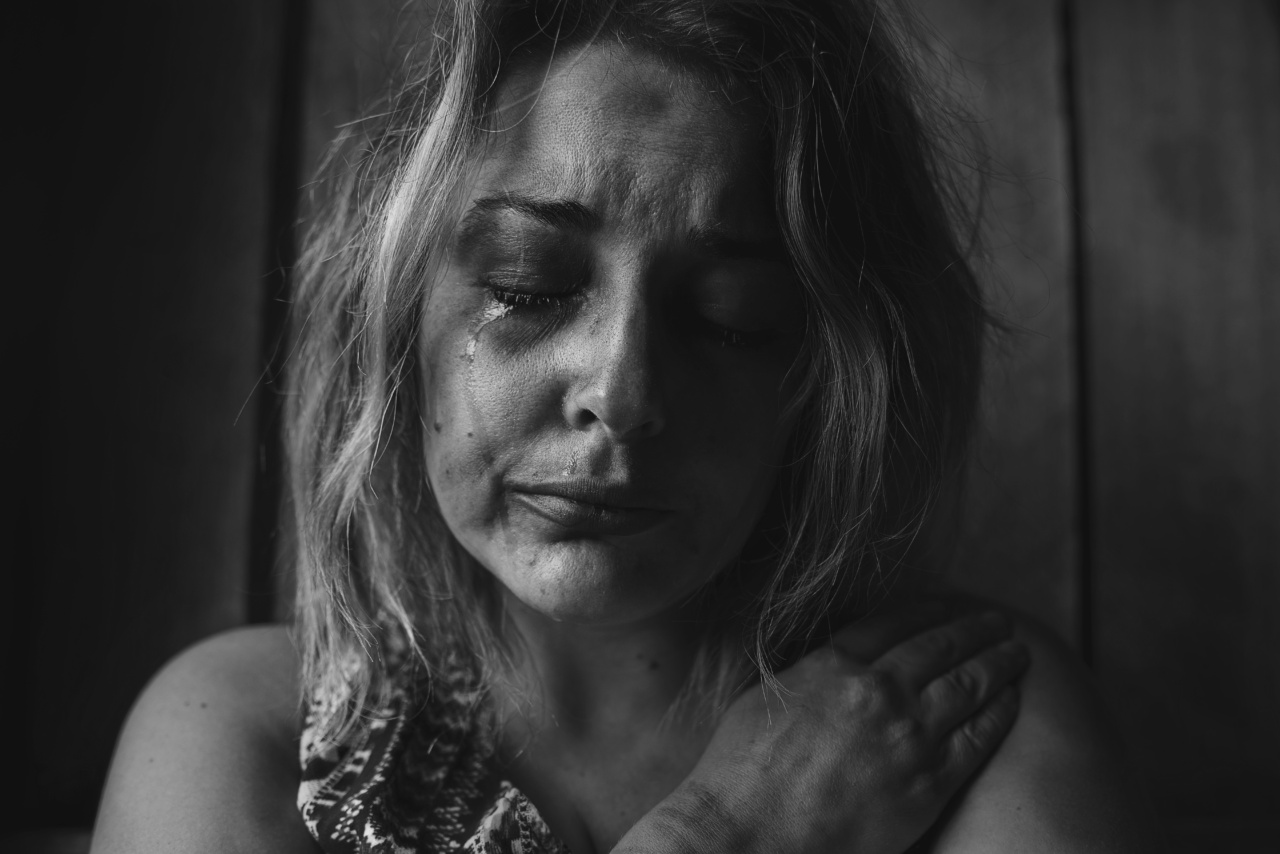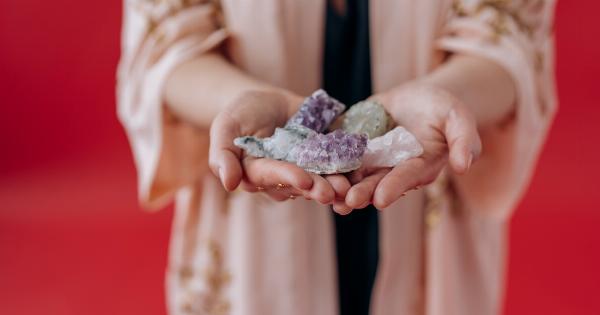As we age, our bodies and minds undergo numerous transformations. For women, these changes not only include hormonal fluctuations, but also the increased risk of domestic violence.
Many may not be aware of the prevalence of domestic violence against older women, and the term “crone” is often used to describe these women who are deemed “past their prime”. The unfortunate reality is that this vulnerable population faces a unique set of challenges when it comes to domestic violence, which often goes unreported and is therefore overlooked.
Defining the “Crone”
The term “crone” has ancient origins and was once used to describe an older woman who was wise and respected.
Unsurprisingly, however, the term has been viewed negatively over time and is now associated with women who are past their reproductive years and therefore deemed unattractive and useless.
In many societies, the crone is an invisible and marginalized character. Instead of being valued for their life experience and wisdom, older women are often pushed aside and left without adequate social support.
This isolation leaves them more vulnerable to abuse from their partners, family members, and caregivers.
The Prevalence of Domestic Violence Against Older Women
Despite the persistent stereotype that domestic violence only happens to young women, older women are also at high risk. In fact, research shows that violence against older women is more common than previously thought.
One report found that approximately 1 in 10 older women in the United States reported being abused in the previous year.
Domestic violence against older women can take many forms, including physical abuse, sexual abuse, emotional abuse, and financial exploitation.
Many older women also report feeling trapped in their abusive relationships, as they may have limited social support, mobility, and financial resources.
Unique Challenges Faced by Older Women
Older women who experience domestic violence face a unique set of challenges that are often overlooked. For example, many older women may have health conditions that make it difficult for them to defend themselves or leave their abuser.
They may also be reliant on their abuser for basic caregiving, which can complicate the process of leaving an abusive relationship or reporting the abuse.
In addition, older women may be more reluctant to report abuse due to shame, embarrassment, and fear of being stigmatized. They may also lack awareness of available resources for help and support, such as hotlines and shelters.
The Role of Social Support in Prevention and Recovery
Social support plays a critical role in preventing and recovering from domestic violence among older women. Unfortunately, many older women lack such support.
They may have lost touch with friends and family members, and may be living in isolation without meaningful social connections.
Neighbors, community organizations, and healthcare providers can play an important role in identifying and preventing domestic violence among older women.
By offering support and resources, they can also help older women recover from past abuse and rebuild their lives. It is important to recognize that providing social support to older women is not just a matter of kindness, but also a crucial component of ensuring their safety and well-being.
The Need for Greater Awareness and Action
Domestic violence against older women is a significant public health issue that warrants greater awareness and action.
Despite the prevalence of domestic violence among older women, there is still a lack of research and resources devoted to this population. Greater attention is needed to address the unique challenges faced by older women and to improve prevention and intervention efforts.
Advocacy groups, healthcare organizations, and policymakers can all play a role in raising awareness about domestic violence against older women and advocating for greater resources and support.
This may include funding for shelters and hotlines, education for healthcare providers and caregivers, and policies that protect the rights and safety of older women.
Conclusion
The crone represents the older woman who is wise, respected, and valued. However, in modern society, the crone has become an invisible and marginalized figure who is at high risk of domestic violence.
By raising awareness about the unique challenges faced by older women and advocating for greater resources and support, we can help prevent and address domestic violence among this vulnerable population. It is time to recognize that the crone deserves our respect, care, and protection.































